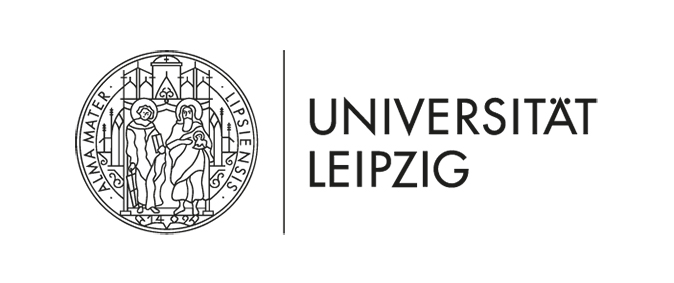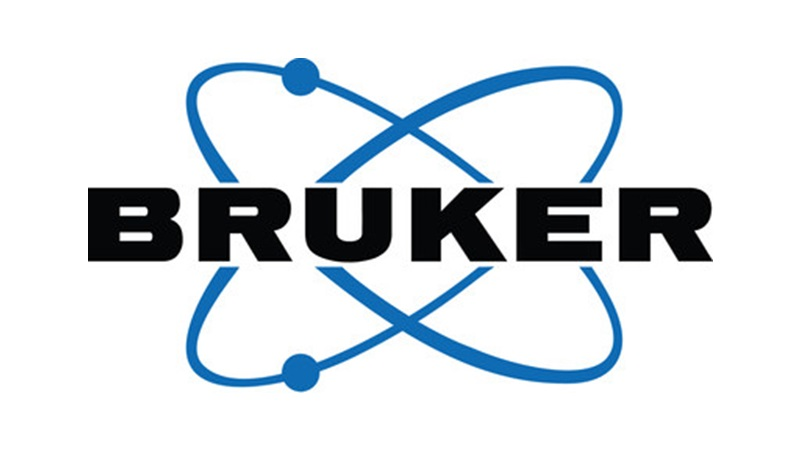|
14th Annual Symposium Physics of Cancer Leipzig, Germany Oct. 4 - 6, 2023 |
PoC - Physics of Cancer - Annual Symposium | ||||||||||||||||||||||||||||||
|
|
Contributed Talk
Tissue fluidification in pathophysiology: contact percolation sets phase transition and genetic rewiring in heterogeneous breast cancers
Contact: | Website
The transition of ductal carcinoma in situ (DCIS) to invasive ductal carcinoma (IDC) is correlated with the acquisition of migratory abilities facilitated by a phase transition (PT) from solid to liquid-like state of the tissue. Our recent study has unveiled the role of RAB5A, an endocytic small GTPase, in inducing tissue fluidification and fostering breast cancer progression [1,2]. This phase transition also triggers the activation of a cytosolic DNA inflammatory gene response through cGAS/STING pathway, concomitant with the acquisition of malignant characteristics [3]. While previous investigations primarily employed model systems of genetically identical cells, actual breast carcinoma consists of heterogeneous cell populations varying in genetic and mechanical traits. The interplay of mechanical, genetic, and phenotypic diversity, typical of solid malignancies, and its interaction with the collective dynamics of carcinoma, particularly the impact on phase transition and cancer progression, remains insufficiently explored.
Here we address this gap by utilizing densely packed epithelial monolayers comprising a mix of control and RAB5A-overexpressing MCF10DCIS.com breast tumorigenic cells, characterized by distinct genetic and mechanical properties. Employing time-lapse microscopy, we observe a flocking fluid transition, defined as the emergence of collective and coordinated cell migration, occurring at a critical tissue composition state. This occurs when RAB5A-overexpressing cells reach a critical level of cell connectivity, known as the contact percolation threshold, facilitating the formation of a tissue-spanning, interconnected cell network throughout the system. By utilizing mixed cell populations wherein percolation is hindered, we establish a causal relationship between percolation threshold and the onset of fluid-like transition through flocking. This transition triggers a phenotypic and transcriptional shift in control cells akin to RAB5A-overexpressing cells, resulting in elongated cell shapes and the development of cryptic lamellipodia oriented in the direction of collective motion. Furthermore, control cells undergo transcriptional reprogramming towards a pro-inflammatory profile similar to that of RAB5A-overexpressing cells, driven by enhanced cytosolic DNA response. Remarkably, we found that RAB5A cells secrete pro-inflammatory factors, that contribute to elicit an inflammatory phenotype in control cells. In summary, our study highlights the impact of contact percolation, a purely geometric feature, on the collective migratory behavior of heterogeneous tumoral tissues. This phenomenon also induces an inflammatory gene transcription program in mixed models of normal and breast carcinoma cells. The chemo-mechanical feedback mechanisms underlying contact percolation might be exploited by tumors to foster local invasion and the acquisition of pro-metastatic traits.
|









